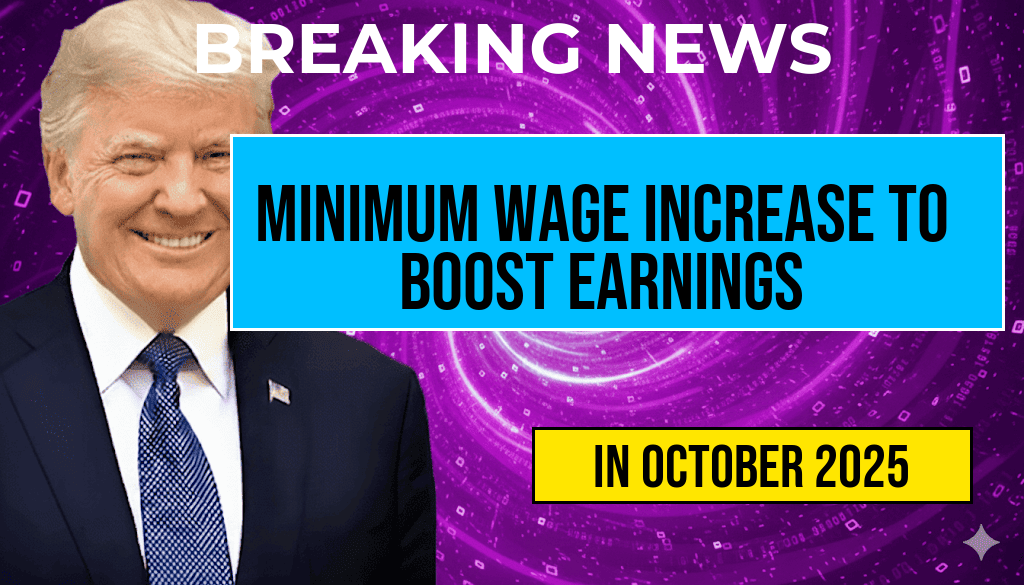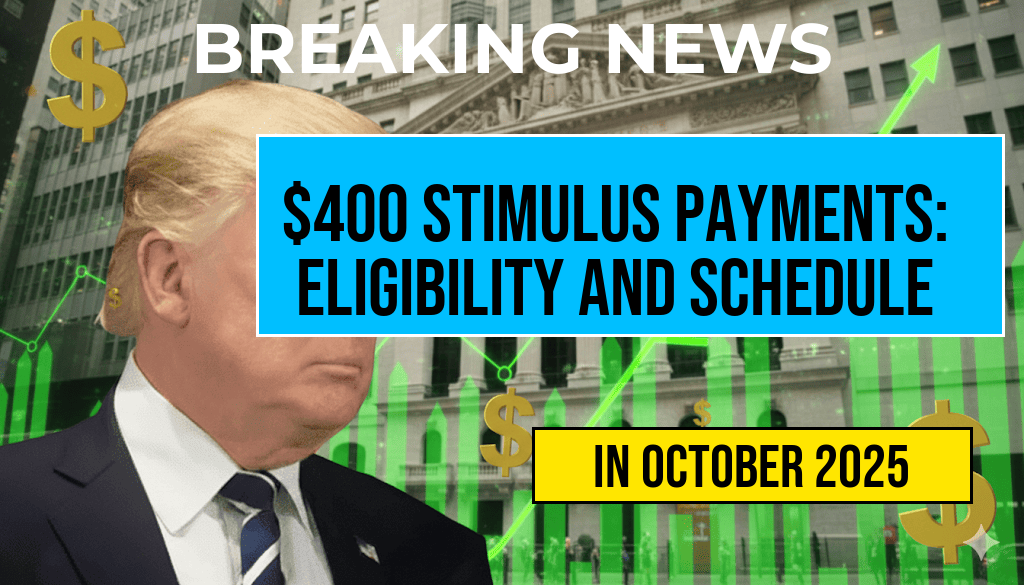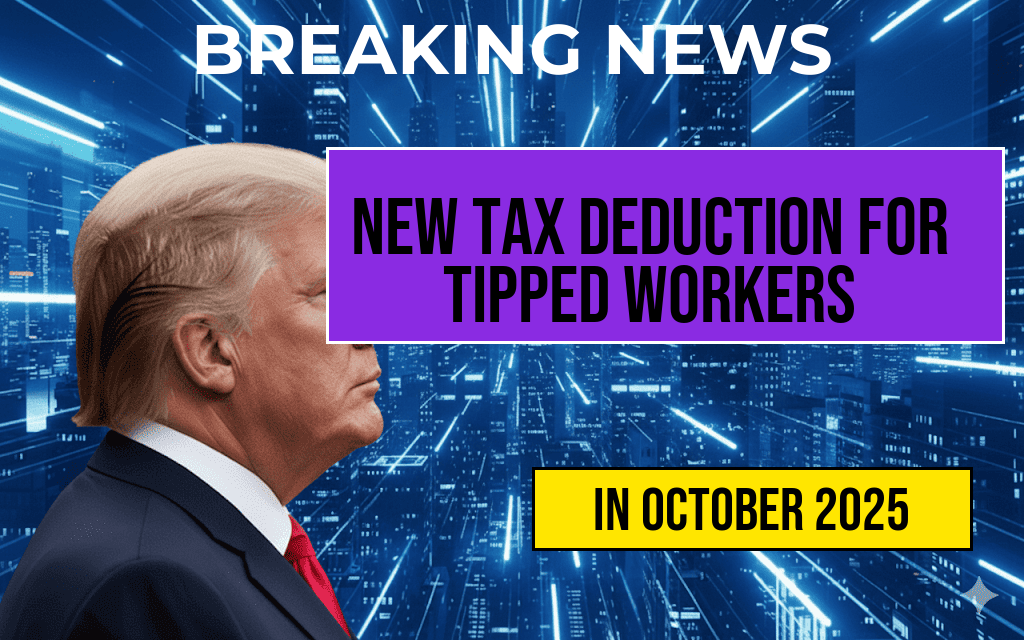The recent announcement regarding $400 stimulus payments has generated significant interest among American households facing financial challenges. Designed to provide relief amid ongoing economic pressures, these payments aim to assist eligible individuals and families in managing their expenses. This article outlines the eligibility requirements for receiving the $400 stimulus payment, the payment schedule, and other essential information. With the current inflationary climate, the support is expected to be a lifeline for many, particularly those in low to moderate-income brackets. Understanding the details surrounding these payments can help individuals navigate the application process effectively and ensure they receive the assistance they need.
Eligibility Requirements
To qualify for the $400 stimulus payment, applicants must meet specific criteria set forth by the government. Here are the primary requirements:
- Income Level: Individuals and families must fall within the designated income thresholds. Generally, single filers with an adjusted gross income (AGI) of up to $75,000 and joint filers with an AGI of up to $150,000 are eligible.
- Residency Status: Applicants must be U.S. citizens or legal residents and must reside in the state where they are applying for assistance.
- Age Requirement: Payment is typically available for adults aged 18 and older. Dependents may also qualify for a partial payment if they meet certain conditions.
Payment Schedule
The timing of the stimulus payments is crucial for recipients who need immediate financial support. The government has outlined a clear payment schedule to ensure timely distribution. Here is an overview of the key dates:
| Date | Action |
|---|---|
| March 2024 | Initial distribution of payments begins |
| April 2024 | Secondary payments for those who missed the initial distribution |
| May 2024 | Final round of payments to be issued |
Application Process
Eligible individuals can apply for the $400 stimulus payment through their state’s designated application portal. The process is designed to be straightforward and user-friendly. Here are the steps to follow:
- Visit the Official Website: Navigate to your state’s official government website to access the application portal.
- Complete the Application Form: Fill out the necessary details, including personal information, income, and residency status.
- Submit Required Documentation: Provide any required documentation, such as tax returns or proof of residency, as specified by the state.
- Await Confirmation: After submission, applicants will receive confirmation of their application status, along with details on when to expect payment.
Frequently Asked Questions
Many individuals have questions regarding the $400 stimulus payments. Here are some common inquiries along with their answers:
Will I receive the payment automatically?
If you have filed taxes in the previous year and meet the eligibility criteria, payments may be issued automatically. However, it is advisable to verify your status through your state’s portal.
What if I have not filed taxes?
Individuals who have not filed taxes may still be eligible for the stimulus payment. They should refer to their state’s guidelines for alternative application methods.
Can I appeal if my application is denied?
Yes, if your application is denied, most states provide an appeals process. Make sure to follow the instructions given in the denial letter for further action.
As Americans continue to face economic challenges, the $400 stimulus payment is positioned as an essential support mechanism. By understanding the eligibility requirements, payment schedule, and application process, individuals can better prepare to take advantage of this financial assistance. For more detailed information, individuals can refer to resources such as the Forbes article on stimulus payments and the Wikipedia page for broader context on stimulus checks.
Frequently Asked Questions
What are the eligibility requirements for the $400 stimulus payments?
To qualify for the $400 stimulus payments, individuals must meet specific income thresholds, have filed their tax returns for the previous year, and be a resident of the state offering the payments. Further details can be found in the full guide.
How will the $400 stimulus payments be distributed?
The $400 stimulus payments will be distributed via direct deposit for those who have provided their banking information on tax returns. Others may receive checks in the mail. The distribution method may vary by state.
When can I expect to receive my $400 stimulus payment?
The payment schedule for the $400 stimulus payments varies by state, but most payments are expected to be issued within a few weeks after the eligibility criteria have been confirmed.
What should I do if I don’t receive my $400 stimulus payment?
If you do not receive your $400 stimulus payment, it is recommended to check your eligibility status and contact your local tax authority or the designated state office for assistance.
Will the $400 stimulus payment affect my tax return?
No, the $400 stimulus payment is not considered taxable income, so it will not affect your tax return for the year in which you receive it.











